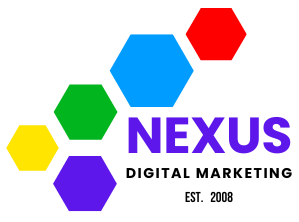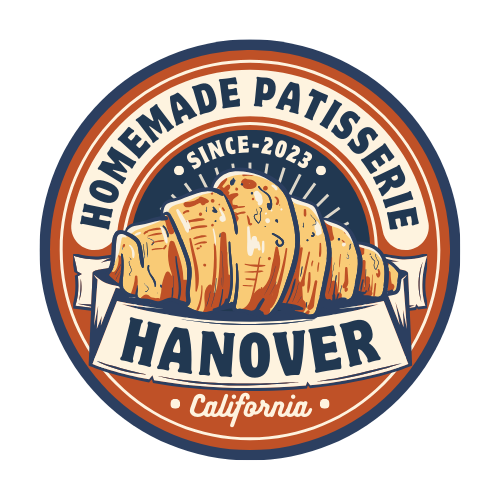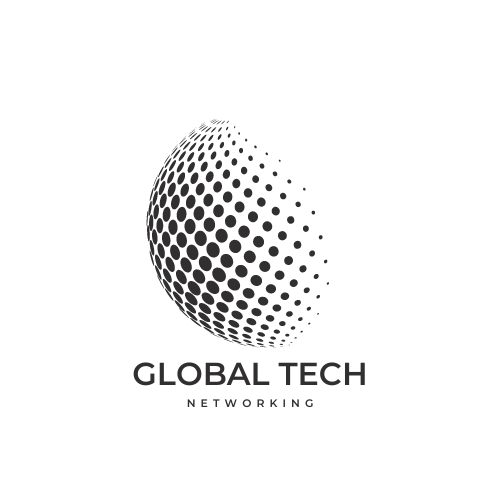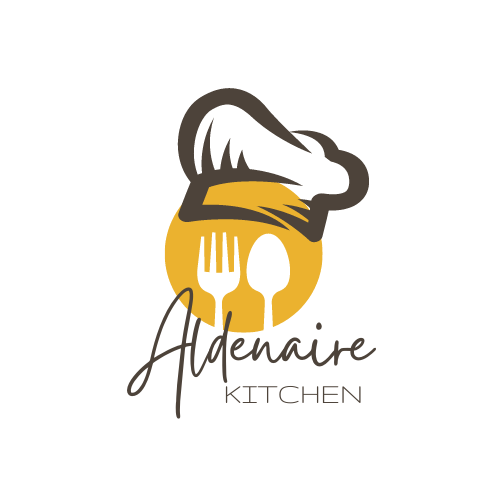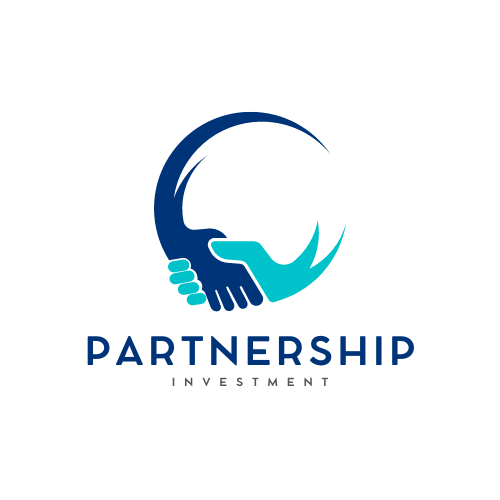5 Proven Strategies Utah Businesses Are Using to Leave Competitors in the Digital Dust
Discover how local entrepreneurs are leveraging Utah-specific market knowledge to dominate their industries online—and how you can apply their winning playbook
The Wasatch Front business owner took a deep breath before checking the latest revenue figures. Six months earlier, his company had been struggling to maintain visibility in an increasingly competitive market. Despite offering superior products and service, his Salt Lake City retail operation was being outmaneuvered by competitors with stronger digital footprints.
This scenario plays out daily across Utah’s business landscape. While the state’s economy continues to flourish—growing at a remarkable 3.7% annual rate compared to the national 2.5% average—the competition for customer attention has never been more fierce. The difference between thriving and merely surviving often comes down to digital strategy.
What separates the winners from the also-rans in Utah’s unique business ecosystem? After analyzing dozens of local success stories and interviewing business leaders across the Beehive State, we’ve uncovered five distinct strategies that consistently deliver exceptional results.
These aren’t generic national playbooks. They’re approaches specifically tailored to Utah’s distinctive market characteristics, consumer behaviors, and regional advantages. More importantly, they’re strategies that businesses of any size can implement, whether you’re an established professional with decades of experience or a hungry entrepreneur just making your mark.
Strategy #1: Hyper-Local Content That Resonates With Utah’s Tight-Knit Communities
When Lehi-based outdoor retailer Summit Gear faced declining foot traffic in 2021, they didn’t respond with generic promotions. Instead, they developed what marketing director Jenna Harper calls their “neighborhood expertise strategy”—creating hyper-specific content targeted to Utah’s distinct local communities and outdoor enthusiasts.
“We stopped thinking about marketing to ‘Utah’ and started creating content for very specific micro-communities,” explains Harper. “We developed dedicated content hubs for neighborhoods like Sugar House, Millcreek, and Holladay, each with customized hiking guides, local adventure recommendations, and gear advice specific to nearby recreation areas.”
The results were remarkable. Within eight months, Summit Gear saw a 47% increase in organic search traffic from targeted neighborhoods and a 32% boost in conversion rates for location-specific landing pages. Their success hinged on understanding that Utah consumers respond exceptionally well to businesses that demonstrate intimate knowledge of their specific communities.
James Wilson, digital strategist at Nexus DMS, points out that this approach works particularly well in Utah’s unique cultural landscape: “Utah communities have unusually strong social bonds compared to many states. When businesses demonstrate they understand the specific values, needs and characteristics of each neighborhood, they build trust at an accelerated rate.”
This strategy isn’t limited to retail. Cornerstone Dental in Orem applied similar principles to their healthcare marketing. Rather than generic content about dental services, they created community-specific guides addressing oral health needs related to local water quality, neighborhood-specific insurance coverage patterns, and even content addressing the particular dental concerns of local demographic groups.
Their patient acquisition costs dropped by 38% while new patient bookings increased by 41% year-over-year. The practice attributes this success to content that demonstrates their understanding of specific community concerns rather than generic dental information available everywhere.
Strategy #2: Leveraging Utah’s Unique Digital Ecosystem Through Strategic Partnerships
Utah businesses succeeding in the digital space understand something their competitors often miss: the state has developed a distinctive digital ecosystem with unique platforms, influencers, and communities that don’t mirror national patterns.
Consider how Salt Lake City’s Beehive Cuisine transformed its business trajectory through strategic partnership marketing within this ecosystem. The family-owned restaurant was struggling to differentiate itself in a crowded market until they developed what owner Michael Jensen calls their “Utah digital alliance strategy.”
“We identified digital touchpoints unique to our local audience and systematically built partnerships with them,” Jensen explains.
“Rather than pursuing the typical Instagram food influencers, we created content partnerships with Utah-specific platforms like KSL Classifieds, local mommy bloggers with strong Utah followings, and community-specific Facebook groups.”
This approach generated a 62% increase in first-time diners within five months by tapping into established trust networks specific to Utah’s digital landscape. The restaurant also leveraged Utah’s unusually active church and community groups on digital platforms, offering specialized group meal packages promoted through these channels.
“Utah has several digital platforms with outsized local influence that businesses from other states simply wouldn’t recognize,” notes Sarah Thompson, content strategist at Nexus DMS. “KSL Classifieds functions almost like Utah’s local Amazon. Local Facebook groups have participation rates far exceeding national averages. Understanding and leveraging these Utah-specific platforms gives businesses immediate credibility.”
Professional service providers have successfully applied similar principles. Lehi-based financial advisor Aaron Blackham struggled to generate leads through traditional channels until he developed partnerships with Utah’s active financial independence communities and local tech company HR departments. By creating co-branded content with these established trust networks, he generated 43 qualified leads in his first month—more than the previous quarter combined.
Strategy #3: Utah-Optimized SEO That Captures Regional Search Intent
The most successful Utah businesses have recognized that search behavior in the state differs significantly from national patterns. They’ve developed sophisticated, region-specific SEO strategies that precisely target how Utah consumers search for products and services.
Park City-based Mountain Home Realty discovered this advantage when they completely restructured their SEO approach in 2022. Rather than targeting generic real estate terms, they conducted extensive research into Utah-specific search patterns and discovered valuable insights.
“We found that Utah home searchers use unique geographical terms and references that outsiders wouldn’t recognize,” explains marketing director Brendan Sullivan. “They search for homes by ward boundaries, stake locations, and using hyper-local neighborhood names that don’t appear on any official map. They also use Utah-specific terminology about home features relevant to local lifestyles and climate.”
By rebuilding their content strategy around these insights, Mountain Home Realty captured search traffic their competitors were missing entirely. Their organic traffic increased by 87% year-over-year, with a 53% improvement in quality leads. Most importantly, they achieved these results without increasing their marketing budget—they simply redirected efforts toward Utah-specific search patterns.
This approach proves particularly effective because national competitors typically deploy standardized SEO strategies that miss these regional nuances entirely. “Most businesses are competing for the same obvious keywords,” explains SEO specialist Tyler Richards. “The real opportunity lies in identifying the Utah-specific search terminology that accurately reflects how locals actually look for services.”
Peterson Family Law in Provo applied similar principles to their practice, discovering that Utah searchers used distinctive terminology around family law reflecting cultural and religious contexts. By optimizing for these Utah-specific search patterns, they increased relevant traffic by 68% while reducing their PPC budget by over 40%.
The key insight from these success stories is that effective Utah SEO goes far beyond simply adding location names to generic keywords. It requires deep understanding of how Utah consumers uniquely search for and evaluate products and services.
Strategy #4: Community-First Content Marketing With Utah Values Alignment
Utah’s business landscape features an unusual characteristic that successful digital marketers have learned to leverage: consumers here place extraordinary emphasis on community contribution and values alignment when choosing businesses.
Harvest Market, an independent grocery chain in Utah County, transformed their market position by developing what CEO Rebecca Johnson describes as their “community impact content strategy.” Rather than competing with larger chains on price or selection, they built their digital presence around storytelling that showcased their deep integration with local communities.
“We restructured our entire content approach around showcasing the local farmers we work with, the community initiatives we support, and the ways we’re addressing specific needs in each neighborhood we serve,” Johnson explains. “Rather than talking about products, we tell stories about people—the local honey producer, the family farm that supplies our produce, the school programs our customers help support.”
This approach generated a 78% increase in organic social sharing of their content and a 43% lift in customer retention rates. Importantly, their internal data showed that first-time customers exposed to their community impact content spent 37% more on initial purchases compared to those who hadn’t encountered this content.
“Utah consumers show unusually high preference for businesses that demonstrate authentic community investment,” observes marketing researcher David Hoffman. “Our research indicates that 73% of Utah consumers will choose a local business over a national brand if they perceive genuine community commitment—significantly higher than the national average of 54%.”
This strategy translates effectively across industries. Mountainwest Security, a home security provider in Ogden, developed content highlighting how their services supported neighborhood safety initiatives, featured local crime prevention officers, and showcased community-specific safety improvements. This approach drove a 51% increase in qualified leads despite competing against national providers with substantially larger advertising budgets.
The consistent success factor is authenticity—Utah consumers are sophisticated at detecting genuine community commitment versus superficial marketing claims. The businesses seeing the greatest digital growth are those documenting real community involvement rather than merely claiming local connections.
Strategy #5: Embracing Utah’s Tech-Forward Culture With Digital Innovation
The final strategy differentiating Utah’s digital winners involves leveraging the state’s unusually tech-savvy population. Utah consistently ranks among the most digitally connected states, with higher-than-average technology adoption rates across all age demographics.
Logan-based Alpine Property Management discovered this advantage when they implemented digital tools that competitors considered “too advanced” for their market. While other property management companies relied on traditional methods, Alpine developed an immersive virtual property tour platform integrated with neighborhood-specific data visualization.
“We were hesitant to invest in such advanced digital tools for what some consider a traditional industry,” admits operations director Tyler Kemp. “But we discovered that Utah renters and property owners, regardless of age, have significantly higher digital sophistication than national averages would suggest.”
The company saw a 66% reduction in physical property showings while increasing conversion rates by 41%. Even among clients aged 55+, adoption of their digital tools exceeded 78%—far above what national usage patterns would predict.
This pattern repeats across industries. Wasatch Medical Clinic introduced telemedicine options with advanced digital integration years before competitors, correctly predicting that Utah patients would adopt these tools at rates exceeding national expectations. Their patient acquisition costs decreased by 42% while satisfaction scores increased across all age demographics.
“Utah’s unique combination of a young, tech-savvy population alongside unusually tech-forward older demographics creates opportunities other markets simply don’t offer,” explains digital transformation consultant Emma Patterson. “Businesses that recognize this can implement digital solutions that would be considered premature in other regions.”
This advantage extends beyond customer-facing technology. Cache Valley Manufacturing gained significant market share by digitizing their entire quote and production process, correctly anticipating that Utah’s B2B customers would embrace sophisticated digital interfaces at higher rates than their competitors expected.
Putting These Strategies Into Action: Your Next Steps
The consistent thread connecting these Utah business success stories is their recognition of the state’s distinctive characteristics. Rather than applying generic national playbooks, they’ve developed strategies precisely calibrated to Utah’s unique business ecosystem.
The competitive advantage available to local businesses is significant but requires the right approach. As we’ve seen across diverse industries—retail, professional services, food service, real estate, and manufacturing—success comes from understanding Utah’s specific digital landscape rather than following standard marketing templates.
For businesses ready to implement these winning strategies, the first step involves thoroughly assessing your current digital footprint through a Utah-specific lens. How effectively are you leveraging the state’s unique digital ecosystem? Are you capturing the distinct search patterns and community dynamics that drive local consumer behavior?
At Nexus DMS, we’ve helped hundreds of Utah businesses transform their competitive position by implementing these proven approaches. Our Utah Digital Advantage assessment provides a comprehensive evaluation of your current digital strategy against these five proven success factors, identifying specific opportunities to gain market share.
Whether you’re an established business looking to strengthen your digital dominance or a growing company ready to challenge larger competitors, these strategies offer a roadmap to success in Utah’s distinctive business landscape.
Contact our team today to schedule your Utah Digital Advantage assessment and discover how these proven strategies can be customized for your specific business needs. In Utah’s competitive market, the difference between growth and stagnation often comes down to digital strategy—make sure yours is built on a foundation of local insight.
Meta Description: Discover how successful Utah businesses are dominating competitors online with 5 proven digital strategies specifically calibrated to the state’s unique market characteristics. Learn actionable approaches from real success stories across diverse industries.
